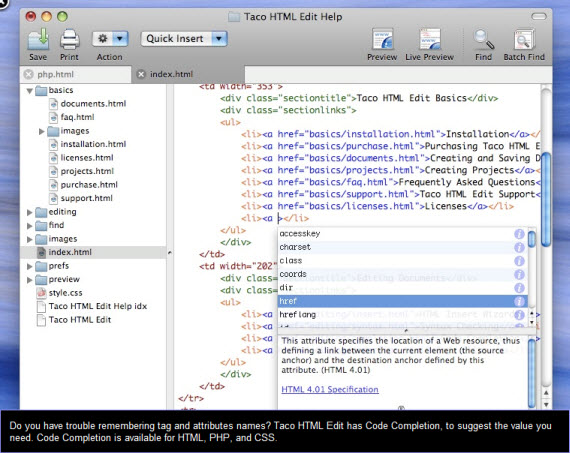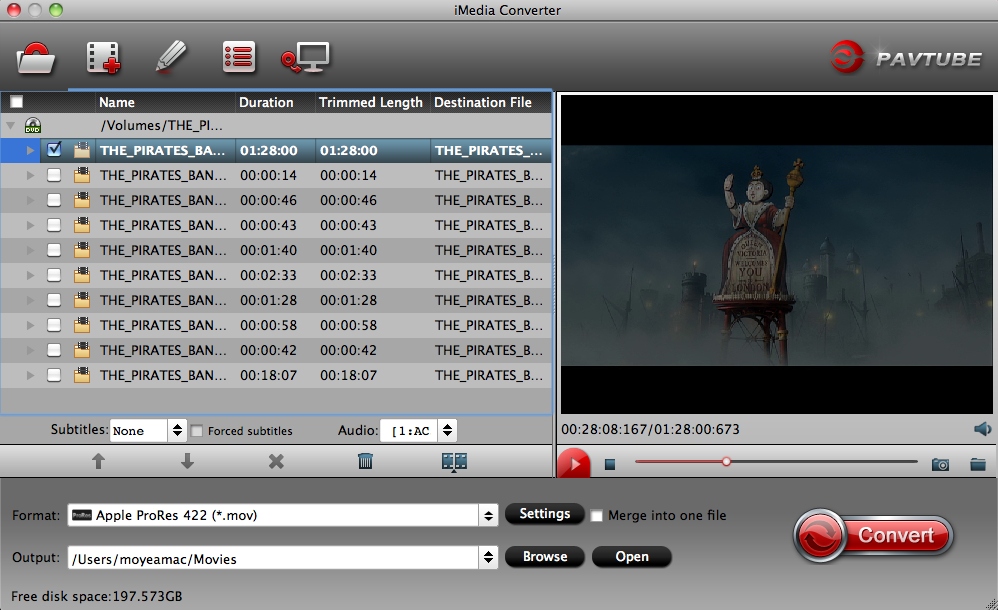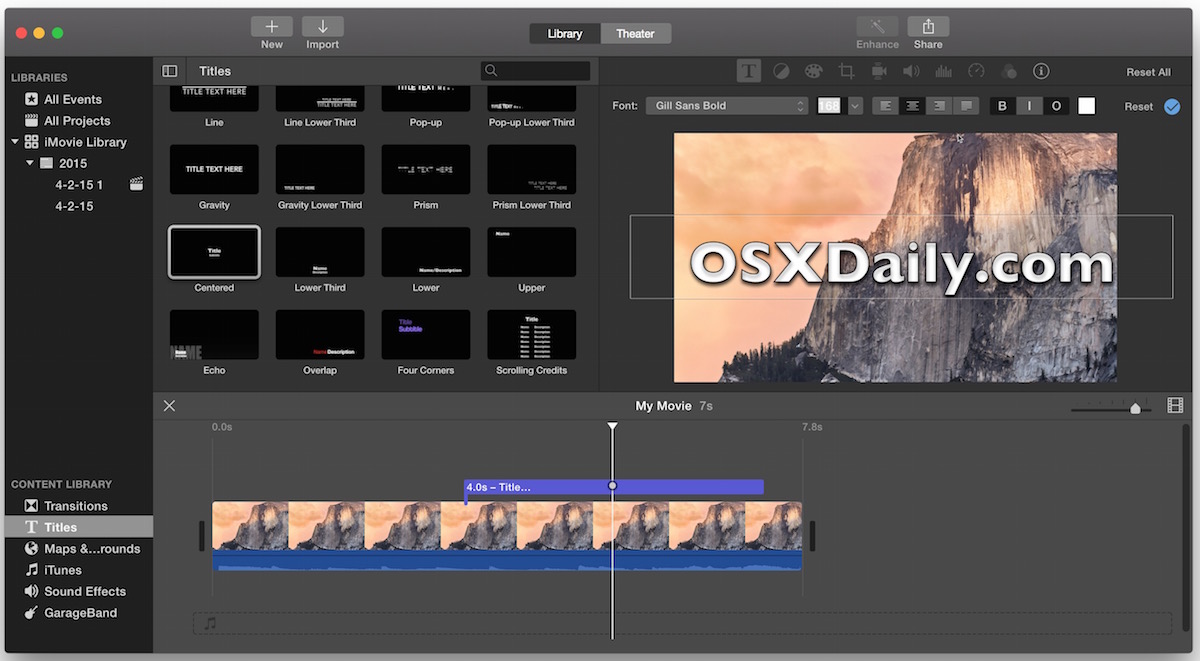You can also combine a set of photos to create a collage or animated slideshow, but Google Photos' editing tools are certainly more limited than Photos on the Mac and most of the other photo.
Easiest to Dive In | |
Photography Plan | Photoshop Elements |
How We Found the Best Photo Editing Software Programs
5 programs tested
The Best Photo Editing Software Programs
To find the best photo editing software, we pitted the best programs tech-giant Adobe has to offer (Photoshop, Lightroom, and Photo Elements) against three highly commended competitors to find out which one was user-friendly enough for beginners and powerful enough for professionals.
The 3 Best Photo Editing Software Programs
- Adobe Creative Cloud Photography Plan -
Most Powerful
- Serif Affinity Photo -
Easiest to Dive In
- Adobe Photoshop Elements 2018 -
Best for One-Click Editing
Adobe Creative Cloud Photography Plan
Access to Lightroom CC and Photoshop CC
Customizable image editing tools
Easy to learn
Why we chose it
Access to Lightroom CC and Photoshop CC
The Adobe Photography Plan combines two Adobe applications — Lightroom CC and Photoshop CC — into one bundle. Lightroom CC is Adobe’s dedicated photography software. If you’re working with large quantities of photos, you’ll want to take advantage of Lightroom’s organizational system: With it, you can rank photos out of five stars, tag photos, and edit information to keep track of where you took a photo. Subscribing to Lightroom CC (either on its own or as part of the Photography Plan) also gives iPhone and iPad users access to a mobile version of the software.
Photoshop CC, meanwhile, won’t do much to help you stay organized — but it has more advanced tools than Lightroom, like layers, masks, and customizable toolbars.

Customizable image editing tools
Photoshop has over sixty basic tools and customizations to choose from, in addition to its more advanced color, lighting, filter, and 3D tools (among others). These basic tools themselves are customizable, so you can do more than just correct red eyes; you can also specify how large, dark, or light you want pupils to appear. More advanced tools — everything from saturation and contrast to lens correction, liquefy, and RAW photo processing — are similarly customizable. Actions are also processed rapidly, allowing you to quickly assess whether your experiments are working.
Easy to learn
Despite the number of tools (and how easy it is to fall into the rabbit warren of adjustments and filters), we found Adobe surprisingly easy to use. You should expect a learning curve, since Photoshop is intended to be an extremely hands-on program, but Adobe supports you at every step. It has an abundance of online resources — a hidden benefit to choosing a company that’s been in the field for decades — and Photoshop CC particularly impressed us with its tutorials and guidance, helping us learn both terminology (what exactly the clone tool does) and technique (how to create and add to masks).
Hovering over the individual tools in Photoshop's left-hand bar pops up five-second gifs that demonstrate each tool — though you can easily change your settings and remove this feature once you get the hang of things.
Points to consider
Subscription service
Our only complaint about Adobe’s Photography Plan is that it’s a subscription service; you’ll sign up for a year-long contract and pay fees monthly rather than making a one-time purchase. While this subscription is significantly cheaper than the one-time purchase model that Photoshop used to follow (complete with a painful $1,500 price tag), if you cancel your subscription, you’ll lose access to all of the programs and tools, as well as any photos that remain in Adobe’s proprietary format. Make sure you’ve completely exported your library if you decide to cancel your contract.
Photoshop CC | |||
Photoshop CC | |||
Best Free Photo Editing Software For Mac
Serif Affinity Photo
No organizational tools
Why we chose it
Easy to use
We were primarily drawn to Serif Affinity Photo because of how easy it was to use. Its customizable control panel initially appears overwhelming, with 22 adjustments options immediately available on your right-hand dashboard. However, each one is neatly packaged so that no matter what you want to do, you can quickly find and open the relevant folder.

Helpful presets
We also appreciated how Serif provides a number of immediate preset options on all of its effects. You can also manually adjust each effect for more control, but the presets offer a nice introduction for beginners.
One-time purchase
Best Mac Photo Editing
One of the keenest edges Serif Affinity has over Adobe’s Photography plan is that it’s a one-time purchase of $50, rather than a $10 or $20 monthly subscription. This means that, depending on your cloud storage needs (in turn based on how many photos you have and their editing needs), Serif Affinity becomes the more affordable plan after five months, possibly as early as three months.
Points to consider
No organizational tools
However, Serif Affinity’s budget plan comes with one significant drawback: It doesn’t offer any organizational tools. If you’re dealing with hundreds or thousands of photos that you need to organize, or would like to sort by place, date, or personalized keyword, you’ll want to consider Adobe’s Photography Plan or take a look at Photoshop Elements 2018.
Adobe Photoshop Elements 2018
One-click editing
Settings for different skill levels
Why we chose it
One-click editing
If you’re just trying to create, say, annual holiday cards, and the idea of learning new photo editing terms, tools, tricks, and techniques feels daunting, Adobe Photoshop Elements transforms the process into a few simple clicks — with a couple of sliders you can adjust if you’re feeling adventurous. That’s it. Photoshop Elements 2018 gives you high-quality photographs without a technical learning curve, so long as you stay within its predetermined adjustments.
Settings for different skill levels
We love that Photoshop Elements offers three tiers of photo editing: Quick, Guided, and Expert. Quick is simply that — with a few auto-adjustments, possibly a camera filter or picture frame, you can take your photograph from raw image to printer-ready. Guided gives you almost 50 options, where it will walk you through step-by-step the process of adjusting brightness, straightening or resizing a photo, or adding filters. Finally, the Expert mode lays out all of the program’s tools with minimal instruction.
Points to consider
Light on advanced editing tools
Even though the Expert mode of Photoshop Elements is more advanced than either the Quick or Guided modes, it doesn’t compete with our top picks. In addition to its clunky ‘90s-era design, it lacks all of the tools found in Photoshop CC or Serif Affinity Photo. That said, it could be a good introduction when you feel like trying out some additional techniques outside of the guided programs.
How to Find the Right Photo Editing Software for You
Decide what tools you need
Different types of image editing require different tools. No matter what you’ll be doing, you’ll want to know which ones you need for your most common projects — these functions might not be immediately necessary, but they’ll let you tackle tasks a little more complex than wiping away corgi footprints.
- Layers let you combine separate images or edit specific areas of a photograph. These are helpful if you’re trying to remove a photo-bomber from your wedding ceremony on the beach or swapping out the snowy background of your cute dog photo to send him floating through space instead.
- Applying a mask layer is another technique to isolate areas of a photo for specific editing. If you’d like to make changes to the background of your photograph without affecting the subject, or if you’d like to create a cut-out of a tiny dog from one photograph to layer him into a desert landscape in another, you’ll probably use a mask.
- Finally, preset filters let you adjust your photos with a single click. These could either take the form of a typical Instagram filter (you click “Black and White” or “Landscape” and it automatically alters your photo) or auto-adjustments on a tool-by-tool case.
Knowing what types of editing you’ll be using the software for will help you narrow down which tools are essential and which are just nice to have.
Test drive several options
All of our top picks offer a free trial, and we recommend taking full advantage of them. You probably know what you’re going to be using the software for, and now’s a good time to see how each of them perform on the type of image editing you need. Pay attention to the number of tools and effects provided, how easy they are to use, and the organization features of each program.
Determine how much you’re willing to spend
Prices for photo editing software vary a lot, and depending on what you’ll be using it for, you may not need to pay a premium. The most powerful tool on the market, Adobe’s Photography Plan, runs on a subscription model for $10 per month. If you don’t need all of that technical prowess, Serif Affinity will meet all your image editing needs for a one-time purchase of $50. There are even a number of free photo editing software options available if you don’t want to make any investment.
Photo Editing Software FAQ
Mac Program For Editing Photos Together Of Spring
In most situations, you should edit your photos in the raw camera format as opposed to a standard format like JPEG. The raw files will contain a lot more information about the picture, so you can be more precise in your editing. Once you’re ready to show it to the world, you can then convert it to a shareable format like JPEG or PNG.
You can download and install Photoshop on up to two computers, regardless of the operating system. However, you’ll only be able to use one Photoshop on one computer at a time.
Photoshop CC is the more powerful editing tool — you’ll need to manipulate multiple layers here — while Lightroom CC offers sorting and organizing features into its slightly more basic editing capabilities. Both programs offer preset filters as well, so you can adjust your photos to a preset perfection with only a few clicks. Adobe’s Photography plan includes both programs.
The Best Photo Editing Software Programs: Summed Up
Our Other Software Reviews
Over the years, we’ve put just about every type of software imaginable through the ringer to find the best of the best. Check out some of our favorite reviews below:
